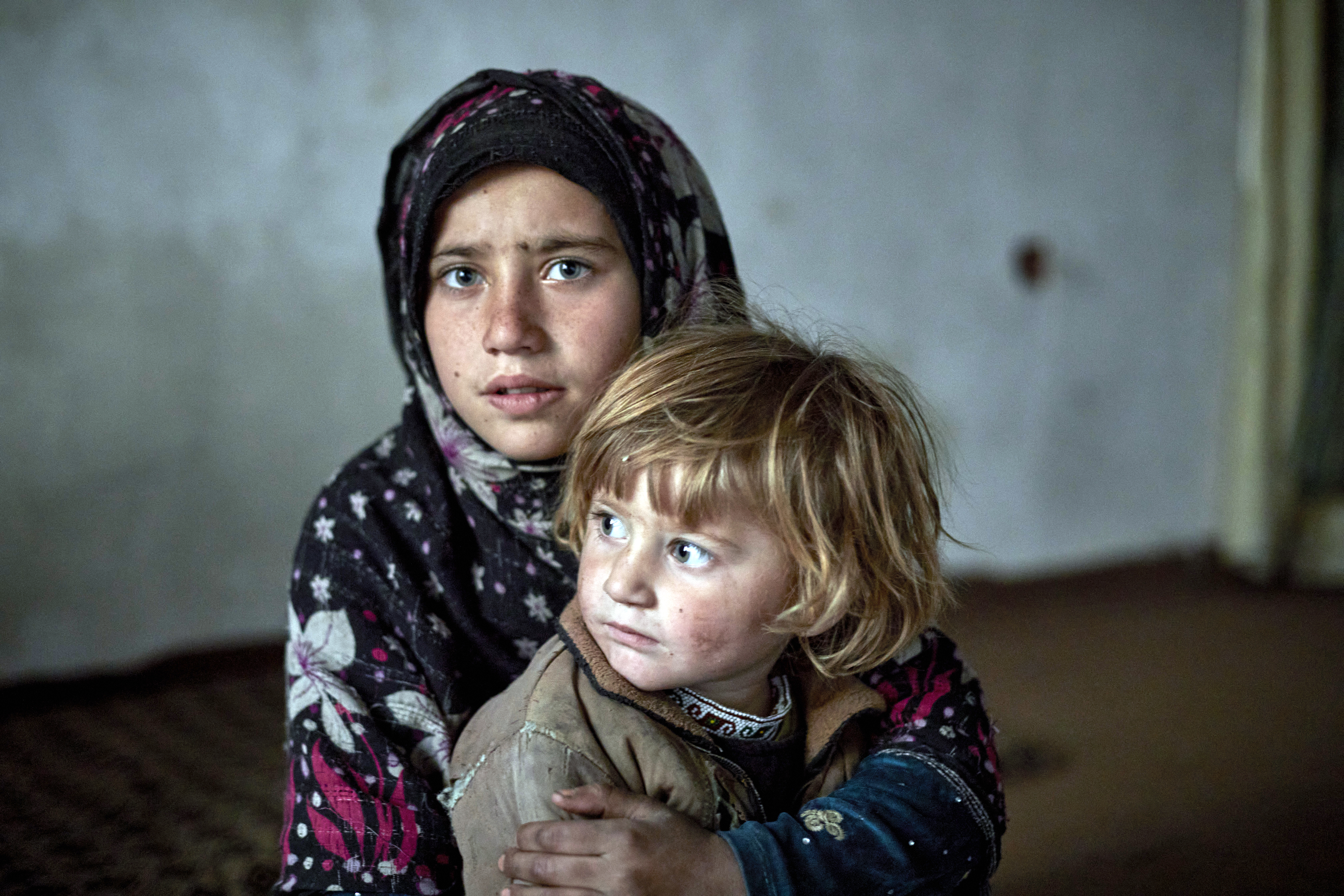Somali Bantus begin first stage of journey to United States
Somali Bantus begin first stage of journey to United States

NAIROBI, Kenya, July 2 (UNHCR) - More than 500 Somali Bantus in Kenya have started the first stage of what could be a long journey to eventual resettlement in the United States under a joint operation by UNHCR and the International Organization for Migration (IOM).
On Monday, a convoy of 292 Somali Bantu refugees left Kenya's Dadaab camp on a 1,500-km journey to Kakuma camp, joining 276 others who had left on the first convoy last Thursday. In all, some 11,800 Somali Bantus will be relocated to Kakuma, where they will undergo the documentation process prior to resettlement in the United States, in accordance with US immigration requirements.
The Somali Bantus are a minority in Somalia and their presence in a country where they were always treated as second-class citizens can be traced back to the slave trade of Zanzibar's Arab Sultans during the 18th and 19th centuries. The physical, cultural and linguistic characteristics of the Bantus distinguish them from the Cushitic majority in Somalia, and they were long excluded from education, land ownership, political opportunities and representation.
During the 1992 civil war in Somalia, some 10,000 Bantus fled to refugee camps in Kenya, where discrimination against them by other major Somali clans continued. Because of their roots, UNHCR initially approached both Mozambique and Tanzania to take them in, but eventually the US government said it would consider resettling the Bantus in the United States.
The relocation took place at the request of the US government, which wanted the whole operation in one location for fear that other Somalis in Dadaab might resent perceived favourable treatment for this group and also be encouraged to try and infiltrate eligible families.
IOM officials said the first convoy left Dadaab in north-eastern Kenya on June 27, with many young children and babies onboard, and arrived safely three days later at Kakuma camp, near Kenya's northern border with Sudan. The second convoy left on Monday and is due to arrive on Wednesday.
"I am very happy with the way it went," said IOM's Dr John Burton. "In Kakuma, we found all the agencies and NGOs involved waiting for them and the reception process moved ahead very smoothly."
He said the convoys, which will continue for several months, were logistically demanding and involved two overnight stops, one at Mwingi east of Kenyan capital Nairobi, and another at Kitale near Mount Elgon. Overall, the 1,500-km trip takes about 30 hours.
Working closely with UNHCR and the local authorities, IOM has identified and equipped overnight resting-places and medical facilities, completing security assessments and taking the required security precautions.
At Kakuma, the refugees will be processed and interviewed on several occasions, as well as undergoing medical check-ups and treatment, to assess the suitability of their claims for resettlement. Kakuma camp, which already hosts nearly 70,000 refugees, has set aside special housing to receive the group.








